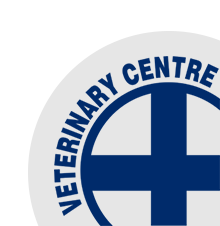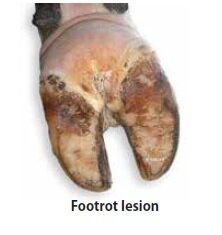Keeping the Winter Diet Balanced for Pregnant Cows
/Over the last 10 years farmer focus has been on improving cow condition over the winter period. This has been mainly facilitated by setting realistic figures on crop utilisation and ME requirements for condition gain, maintenance and pregnancy.
The winter diet for a pregnant cow, through until about the last 3 weeks of pregnancy, requires about 11-12% crude protein in the diet (or 1.2-1.4kg of crude protein). As well as cow’s normal base protein requirements, she has the demands of a rapidly growing calf, the development of new udder tissue and production of colostrum antibodies. Cows under protein stress for significant periods of time will break down their own body tissues to meet foetal demands, but the end result may be muscle loss (calving difficulty), poor udder development, poor colostrum quality and poor cow immunity (placing her at greater risk of mastitis or metritis).
Optimal crude protein requirements increase to 16-17% in the last 3 weeks before calving. Typically Fodder beet bulbs have crude protein levels less than 10%, whereas the leaf is in the 15-20% range. If the crop you are feeding is losing leaf yield in July, ensure that cows are receiving an additional supplement that has higher protein content.




